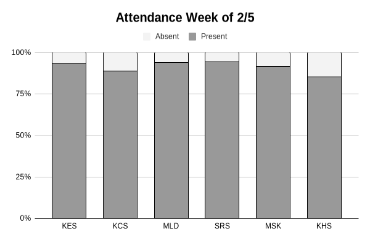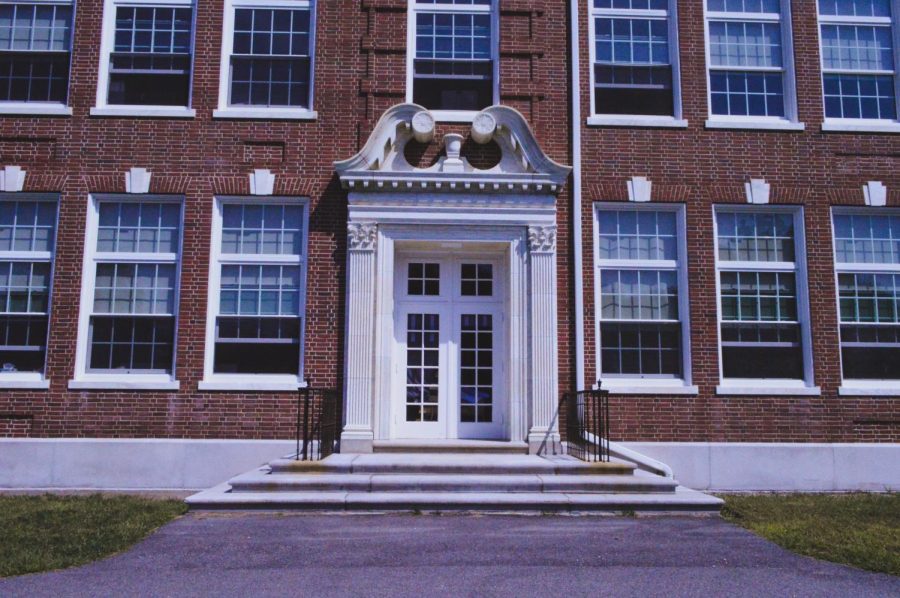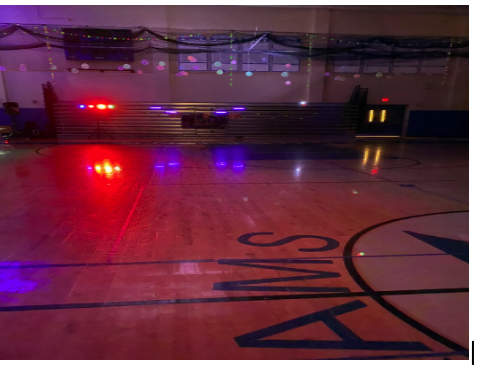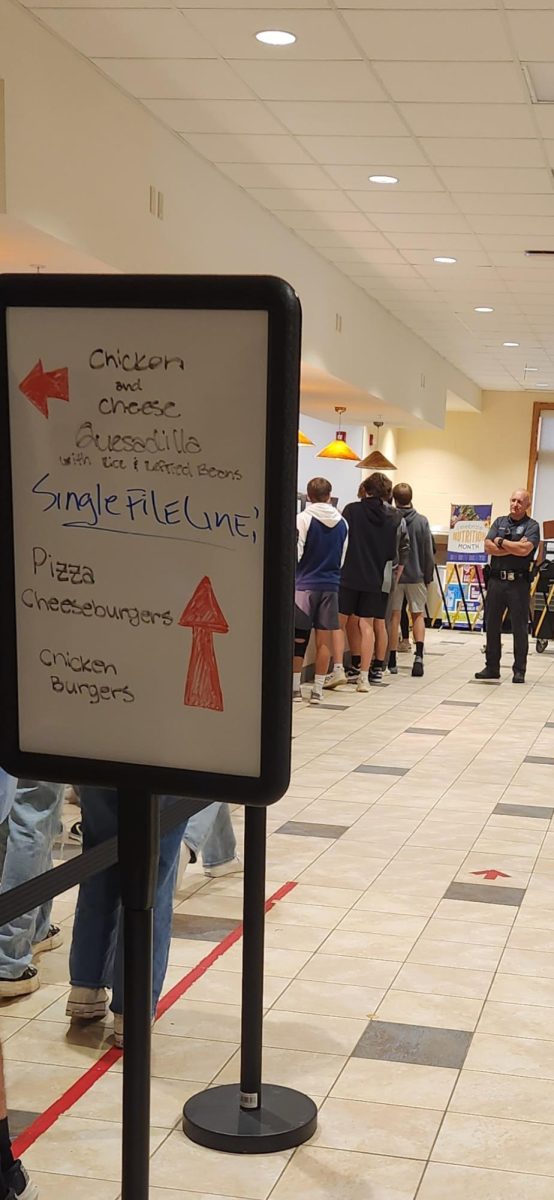Per Maine State Statute §5171, a student is considered “chronically absent” when they have missed ten percent of the school year, including excused absences and suspensions. Ten percent might sound like a lot, but in reality it only boils down to missing two days a month, a threshold much of our district has already passed. In fact, Kennebunk High School and Middle School of the Kennebunks have a combined absenteeism that in York County is only surpassed by Sanford, OOB, and Biddeford. Even Massabesic has better attendance than us, and they have been consistently rated as one of the worst high schools in the entire state.
Last week, Kennebunk High School recorded 503 absences, which averages out to roughly 100 students out of school every single day. 28% of students, 196 to be specific, are considered by the State to be chronically absent. Because of these pretty poor numbers, the entire district is being required to establish “attendance review teams” to review each chronically absent student. If you’ve had more than 12 absences this year (I know I have) you can probably be expecting a call home, and it’s rumored that home visits from administrators accompanied by resource officers may become the norm.
The high school isn’t the o nly school in the district struggling to keep students in class; last week Kennebunk Elementary School had 124 absences, Consolidated had 107, M. L. Day had 60, Sea Road had 79, and MSK had 201. Each school has an individual task force working to improve attendance, and some of the causes principals identified before the school board last week include illness, physical therapy, ski vacations, and just intentionally skipping.
nly school in the district struggling to keep students in class; last week Kennebunk Elementary School had 124 absences, Consolidated had 107, M. L. Day had 60, Sea Road had 79, and MSK had 201. Each school has an individual task force working to improve attendance, and some of the causes principals identified before the school board last week include illness, physical therapy, ski vacations, and just intentionally skipping.
In the State of Maine as a whole, chronic absenteeism is on the rise. After COVID, many families’ attitudes towards attendance have become more lax, and there is growing concern about what long-term impacts this could have on students’ success. Even though teachers can assign homework for the days a student misses, it doesn’t compensate for the missed in-person instructional time with teachers. We saw an amplified version of this problem during the pandemic, where students across the board struggled with distance learning. The district pulled some of its worst standardized test scores ever during and in the aftermath of the COVID lockdowns, demonstrating first hand to school leaders how detrimental it can be to keep students out of the classroom.
Solving RSU21’s new problems with absenteeism is going to come down to collaboration between students, parents and administrators about how best to keep kids from cutting class.









Linda Hammontree • Aug 25, 2024 at 6:30 PM
During COVID, I saw so many parents out with their kids during the school day that it seemed like no one was tuned into Zoom school. Every time a child misses a class, they lose vital skill-building or essential practice time. Parents seem to have become cavalier about the importance of school attendance. Through their actions, they also send the message to their children that attending school consistently is not that important. Attaining perfect attendance once was a goal to work towards, but now, some parents aren’t taking it seriously. Teachers who take a significant amount of time planning lessons organized like steps in a staircase, but when too many steps are missed, the kid falls down in their ability to absorb a concept that is another step to the next grade. Whenever a child is absent, I believe a missed class must be made up after school, during study hall, or recess. When children must make up a class, they soon realize their little field trip with their mom wasn’t worth it. When I taught high school, every missed class needed to be made up after school, or a zero for the class was recorded. This can occur in elementary school as well & if a child has more than 10% of the school days absent, they shouldn’t be allowed to pass unless an MD note verifies illness or chronic condition.